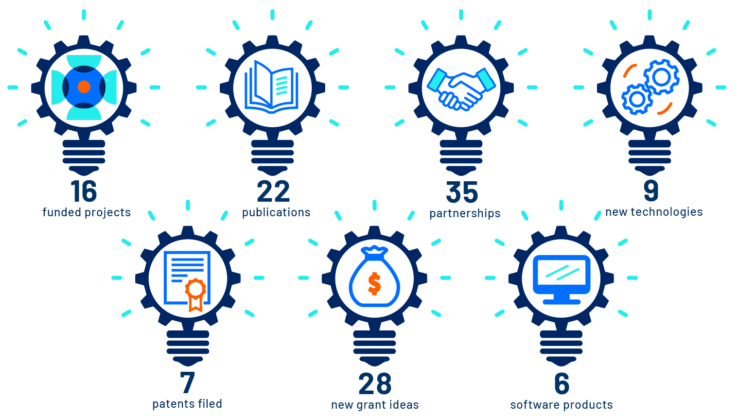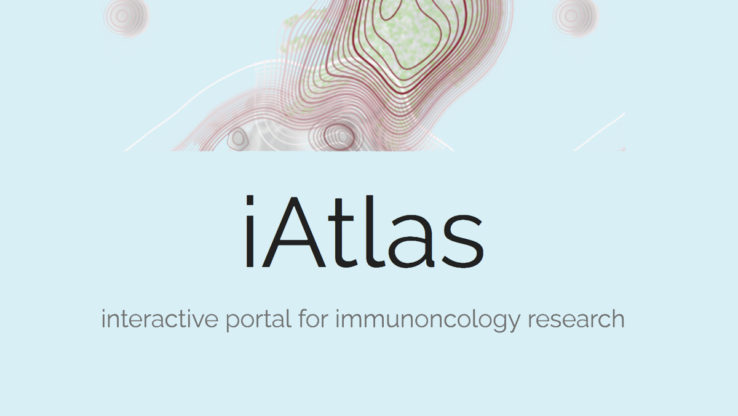All living things are made of cells that contain DNA, which help determine their physical characteristics. In addition to this encoded genetic information, organisms are also defined by the way they decode information from interactions with their environments. Signals from the environment are interpreted by cells through a series of steps that turn proteins on or off, making up what is often referred to as the “signaling network.” The on-off steps, called phosphorylations, signal when certain cellular activities will take place and are also a common target for disease drugs. Representing these networks has proven to be a difficult challenge, in part because it is hard to measure the activity of the steps in the network necessary to construct an accurate model.
Researchers at Institute for Systems Biology and their collaborators at National Cheng Kung University (Taiwan) and Seattle BioMed have developed a new open-access software tool called PhosphoChain that improves the prediction rate for when certain protein enzymes get turned on or off. In a paper published (epub ahead of print) in the journal Bioinformatics on July 5, 2013, ISB researchers describe how PhosphoChain combines existing genetic data in such a way that can more precisely predict phosphorylation in signaling networks. Rather than using difficult-to-measure data of the phosphorylation steps themselves, they based their program on gene expression data, a much more plentiful and easily-measured data source. Understanding what happens in those networks can lead to discoveries in diseases, such as Alzheimer’s and Parkinson’s, and to the identification of better drug targets.
PhosphoChain comprises three components: data processing, model learning and output. First, the software determines relevant data and finds patterns to which conditions or rules are assigned. Next, formulas are created based on those rules, whether a targeted protein is being turned on or off, and a prediction score that represents likelihood of activity. From those formulas, PhosphoChain delivers a model of what the activity is, where it takes place and how it’s connected to subsequent activities.
PhosphoChain is open-access and is available at http://virgo.csie.ncku.edu.tw/PhosphoChain.
— Hsiao-Ching Chou and Matt Richards



 isbscience.org/research/new-open-access-software-helps-predict-cellular-actions-tied-to-diseases-drug-targets/
isbscience.org/research/new-open-access-software-helps-predict-cellular-actions-tied-to-diseases-drug-targets/




